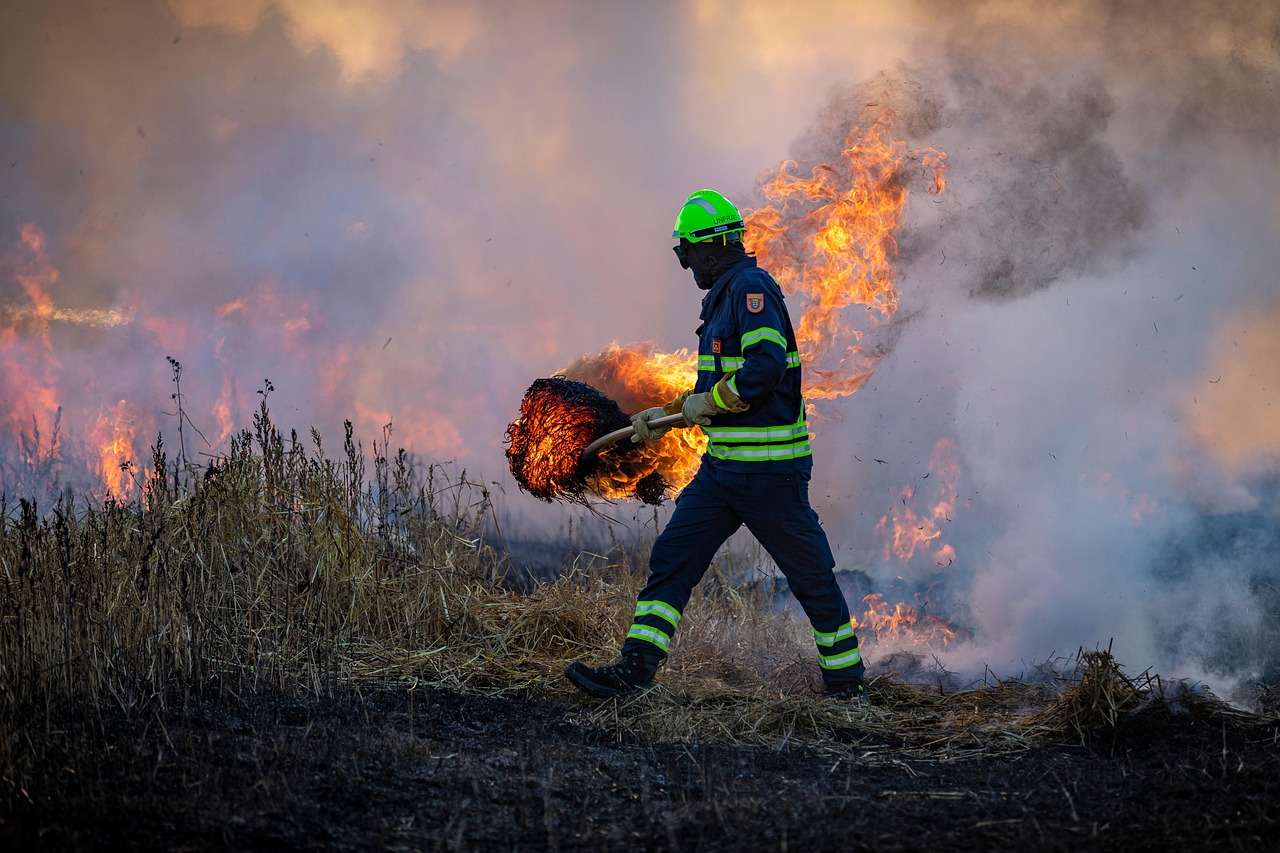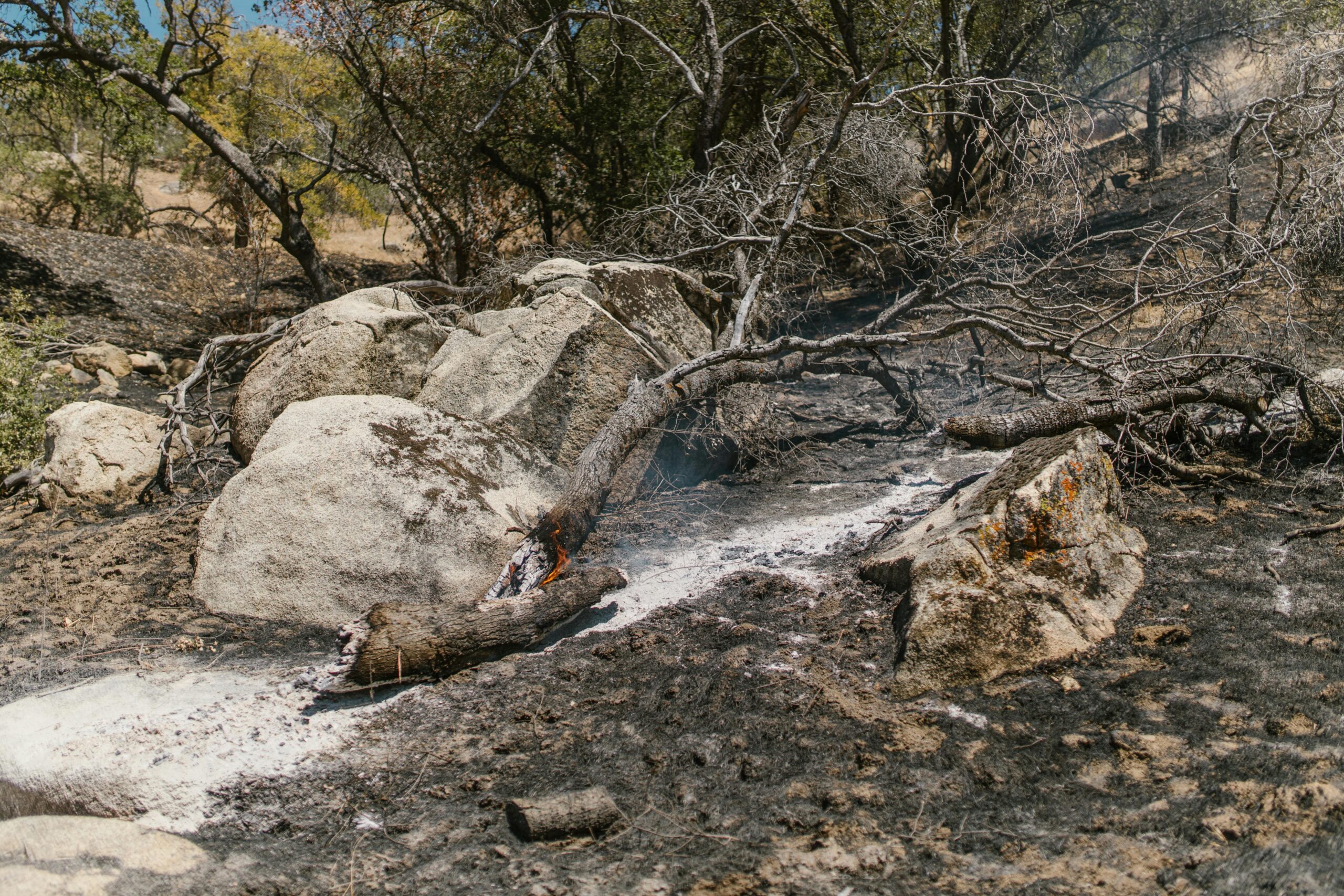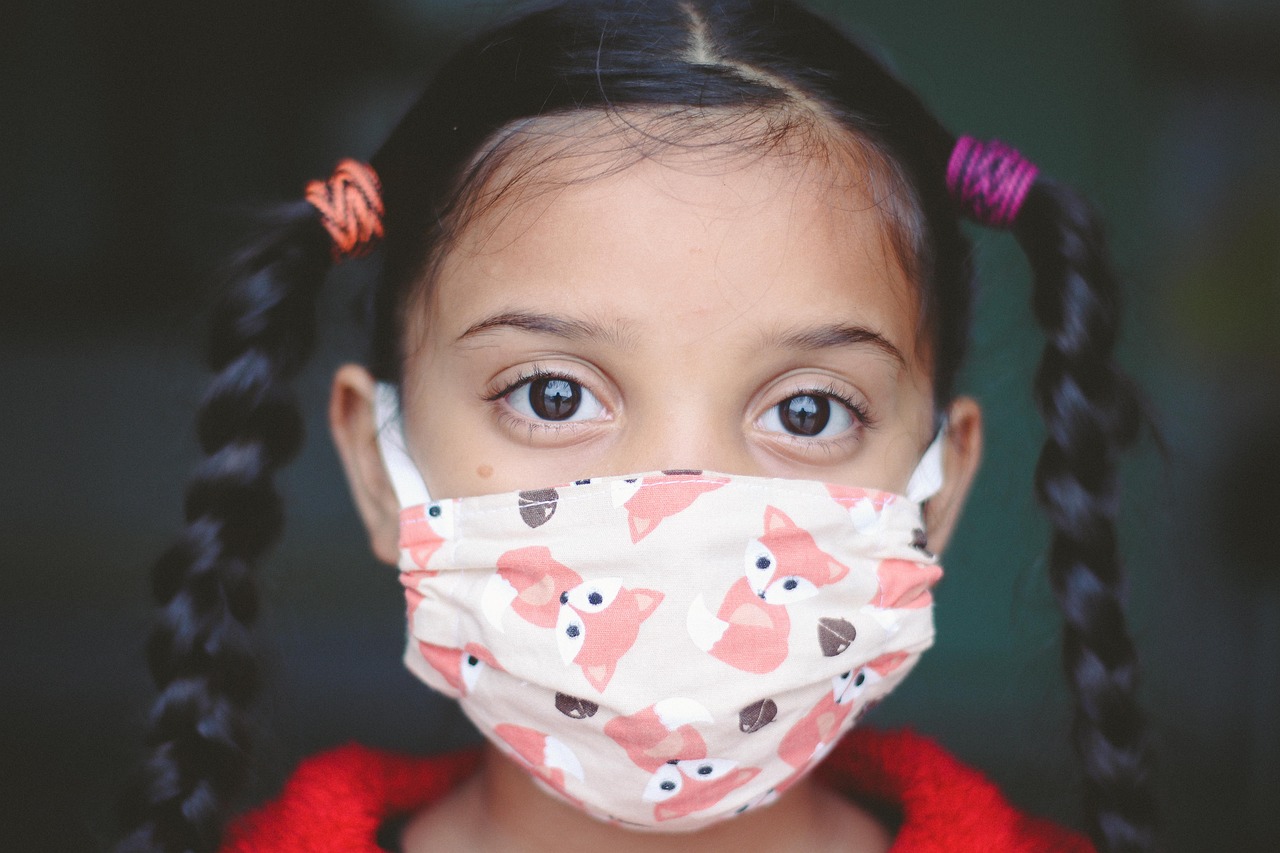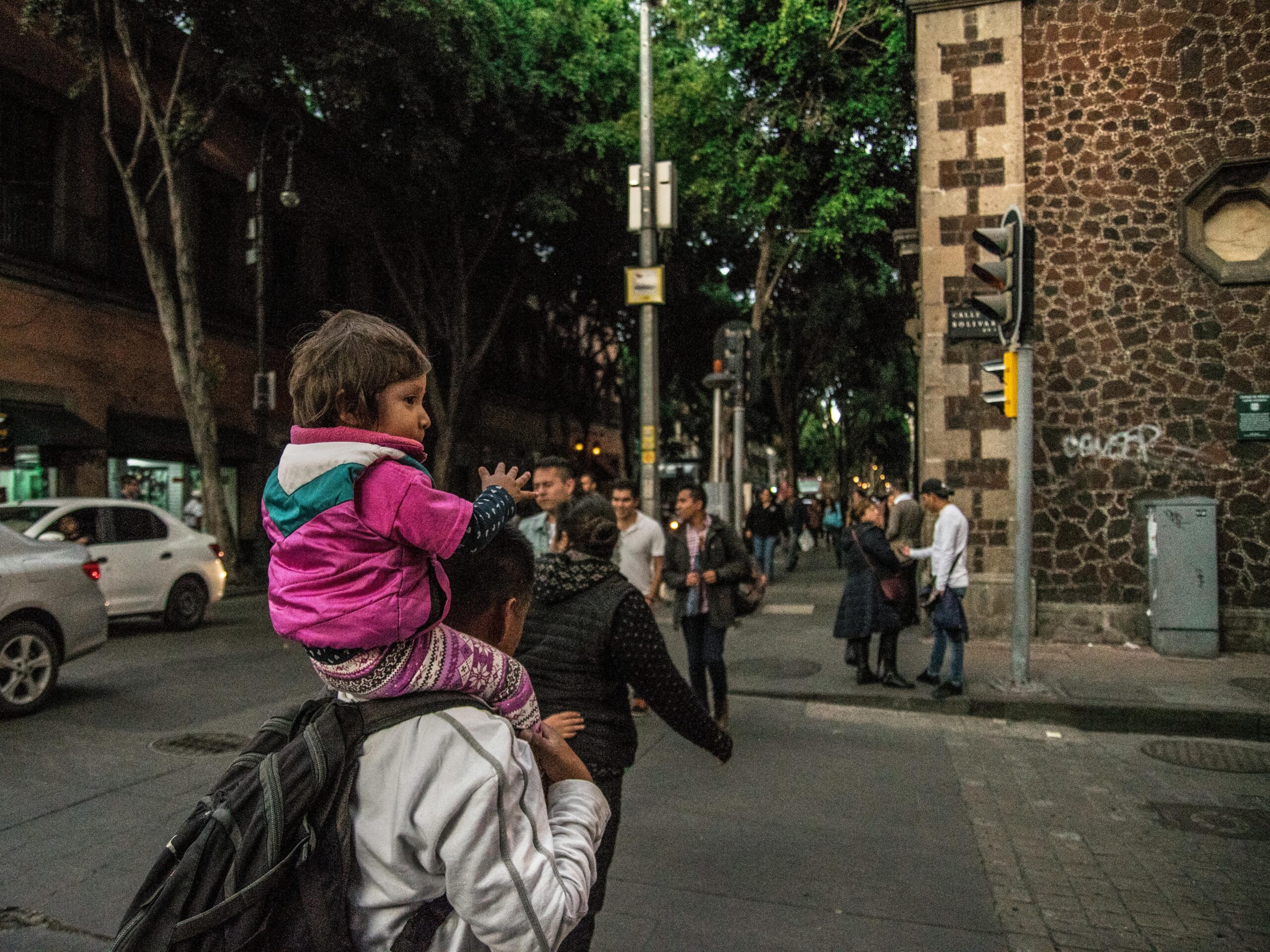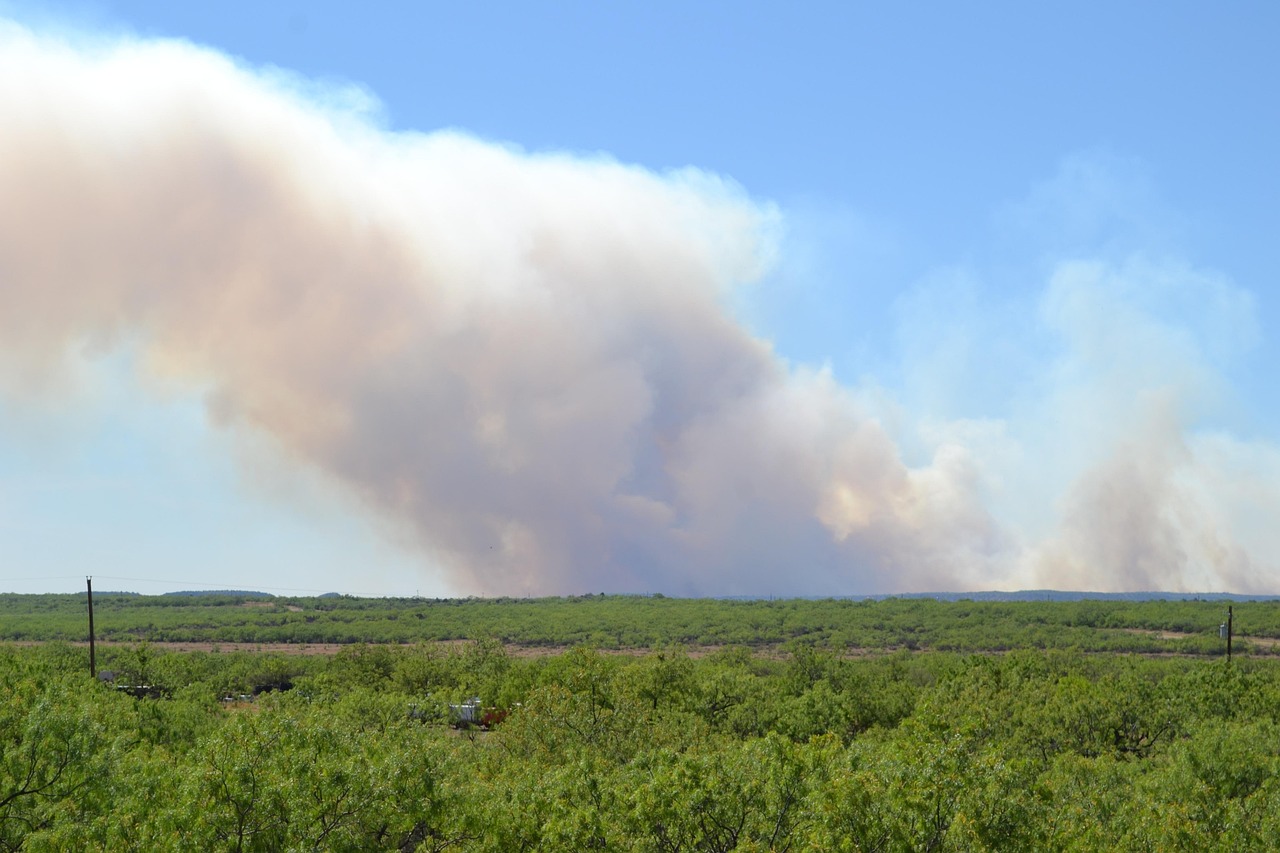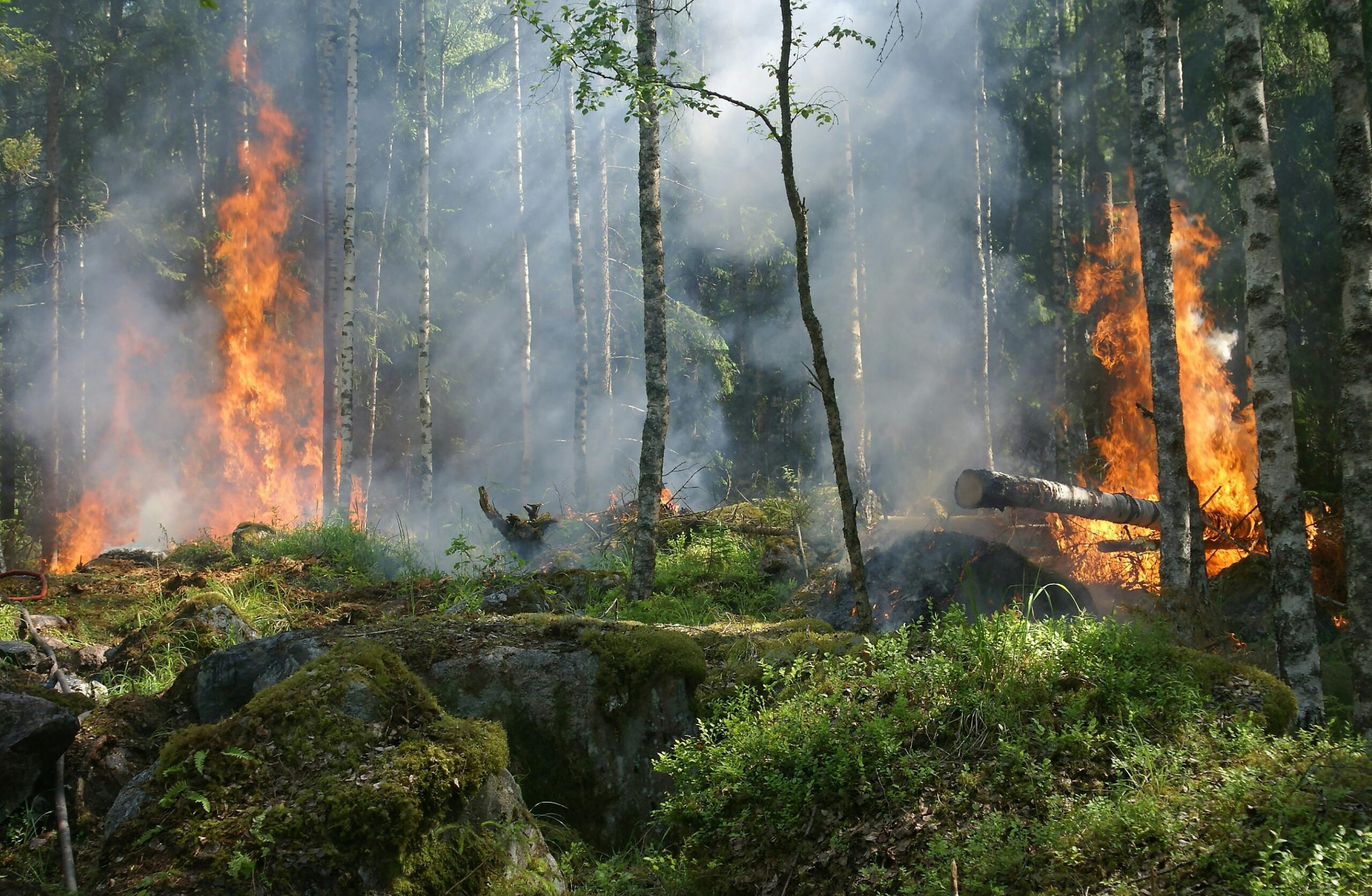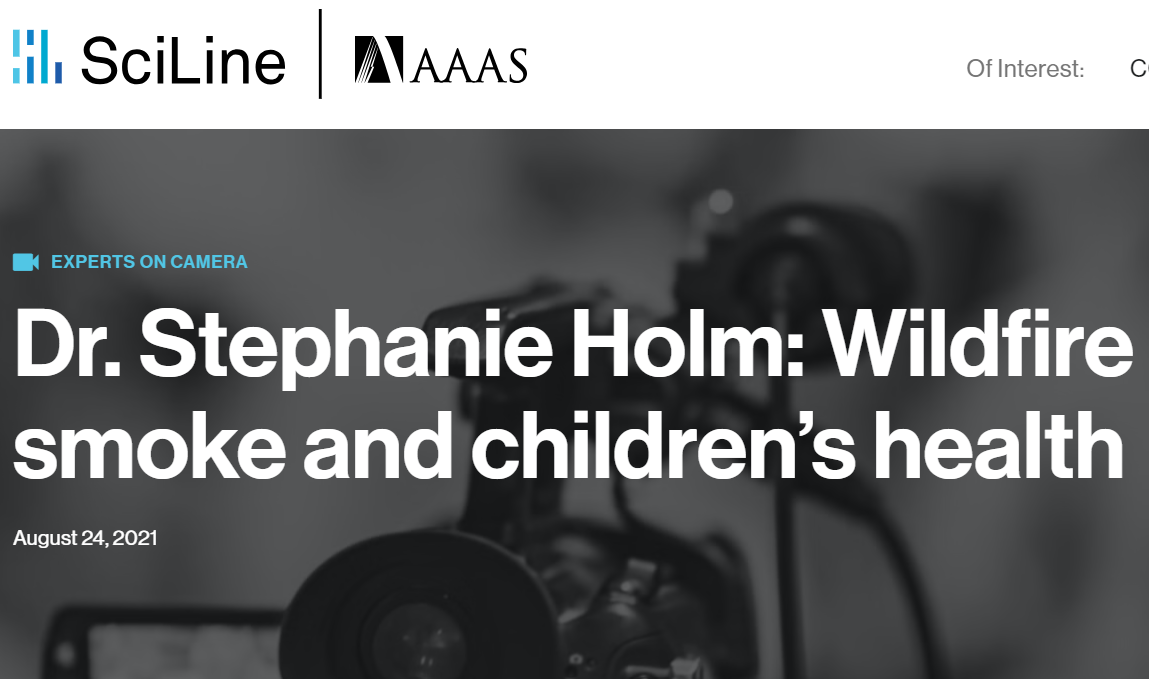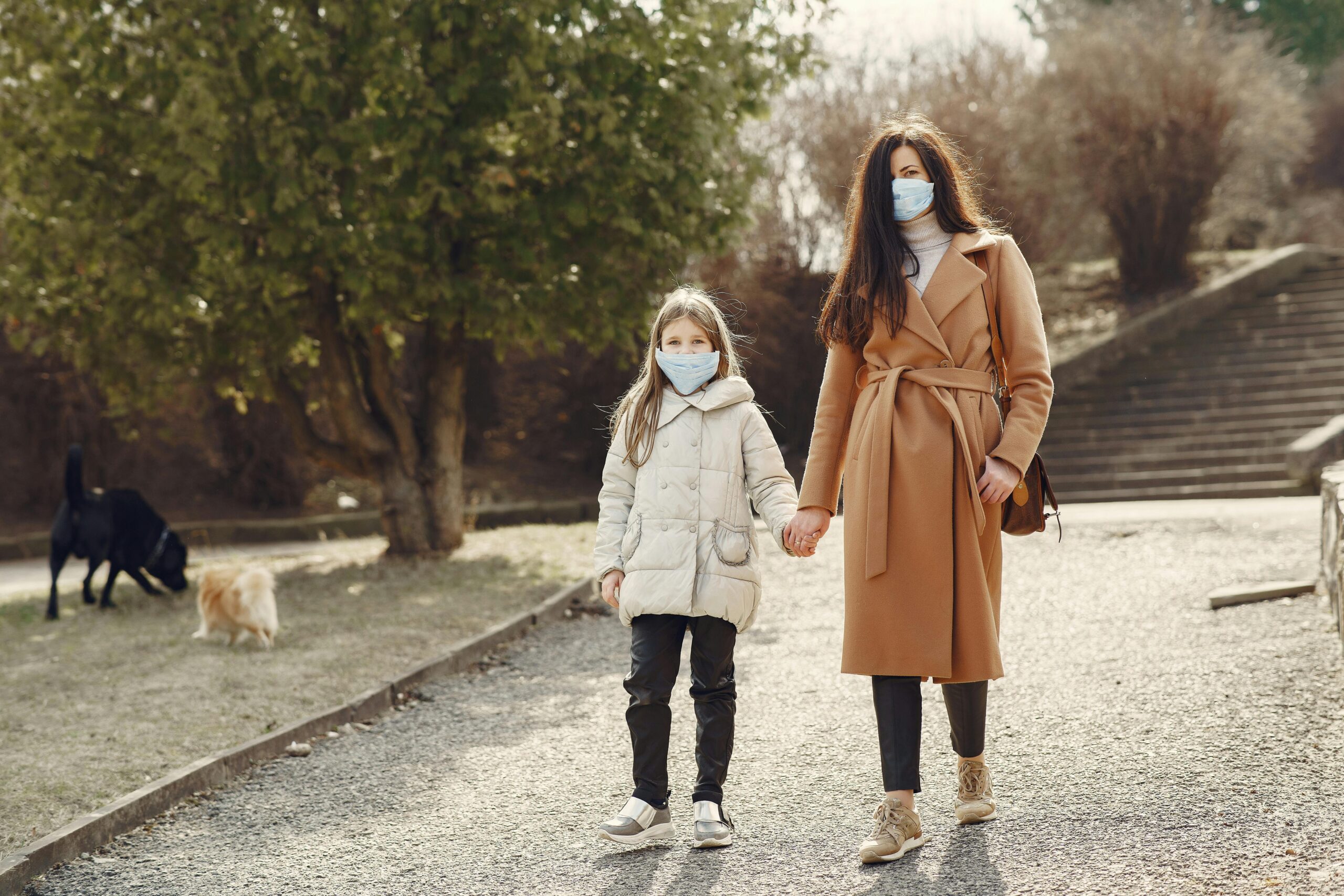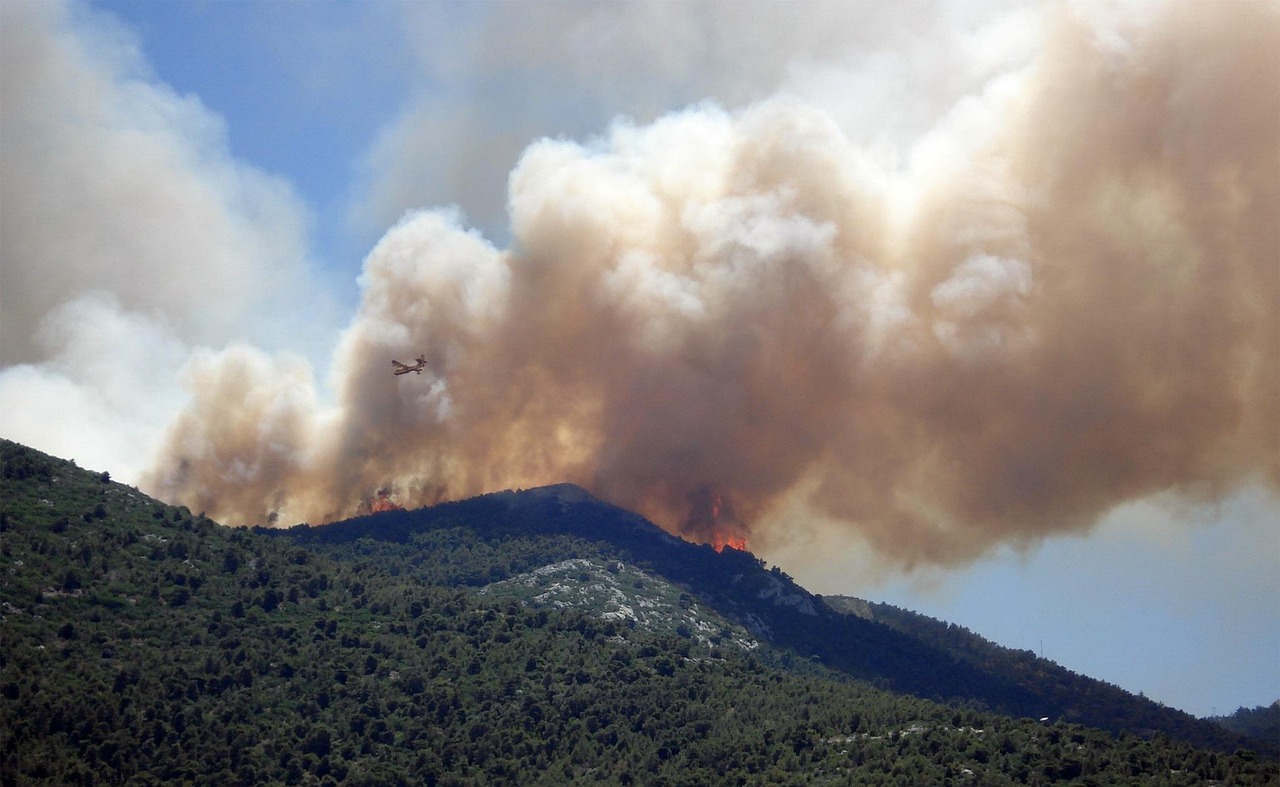

Wildfires expose children to environmental hazards, e.g., fire, smoke, psychological stress, and the byproducts of combustion of wood, plastics, and other chemicals released from burning structures and furnishings. Children are in a critical period of development when toxic exposures can have profound negative effects, and their exploratory behavior often places them in direct contact with materials that adults would avoid.
Air pollution from wildfires can exacerbate asthma symptoms and trigger attacks. Even children without asthma could experience respiratory symptoms, resulting in school absences and other limitations of normal childhood activities.
The Good News: Knowing how to advise your patients, particularly those with chronic respiratory issues, about the health effects of wildfires, can help keep your patients healthy.
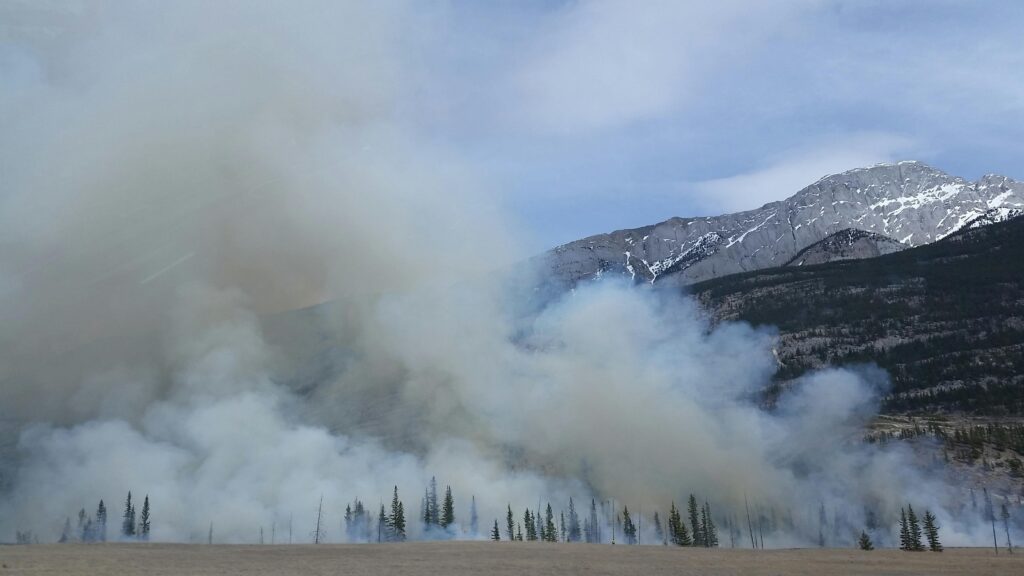
References
- University of Washington: Protecting Children from Wildfire Smoke: Investing in Indoor Air Quality in California Schools.
FAQ
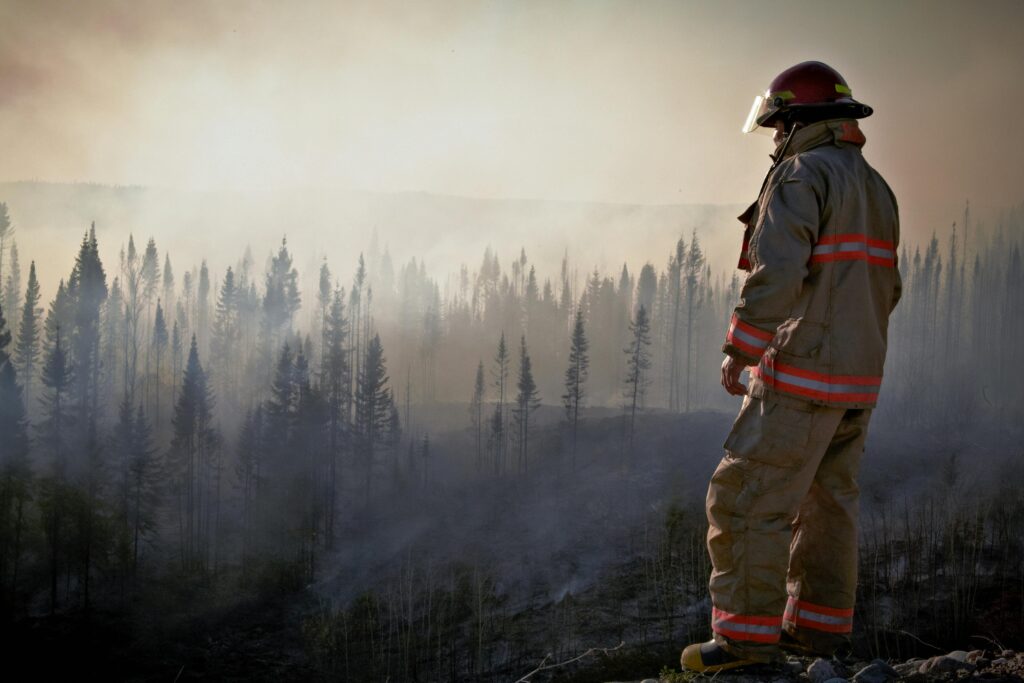
PEHSU Wildfire Factsheets
PEHSU Wildfire Videos & Podcasts
Scientific Publications
If you’re concerned about nearby wildfires, your regional Pediatric Environmental Health Specialty Unit (PEHSU) has staff who can also talk with you about concerns over the health effects of wildfires.
The PEHSU Newsletter
Receive periodic program updates and get the latest research and insights from our environmental health experts on reproductive and pediatric health.

